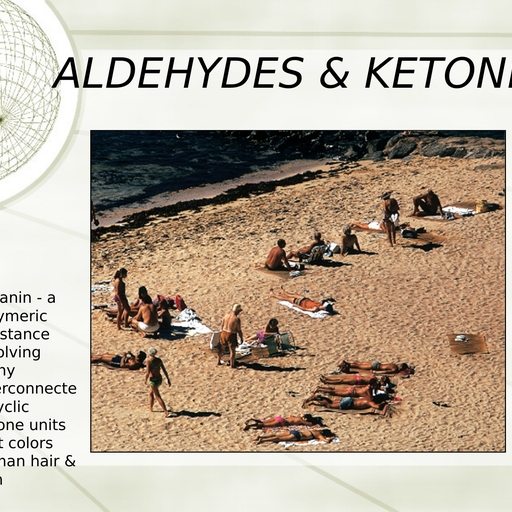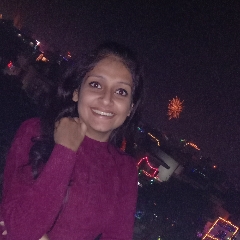Question 2 :
Molar heat capacity of water at constant pressure {tex} \mathrm P {/tex} is {tex} 75\mathrm { JK } ^ { - 1 } {/tex}. When {tex}1 \mathrm { kJ } {/tex} of heat is supplied to {tex}100 \mathrm { g } {/tex} of water which is free to expand, the increasing temperature of water is<br>
Question 3 :
For the reaction: <img style='object-fit:contain' src='https://storage.googleapis.com/teachmint/question_assets/JEE%20Main/5e79855ad3f9ab617fcdb6bf' height='24' width='221' > what is the enthalpy of decomposition of HCl?
Question 4 :
The given enthalpy diagram represents which of the following reactions?<br><img style='object-fit:contain' src='https://storage.googleapis.com/teachmint/question_assets/JEE%20Main/5e7985a3d3f9ab617fcdb8a1' height='91' width='168' >
Question 5 :
Read the following statements regarding spontaneity of a process and mark the appropriate choice. <br>(i) When enthalpy factor is absent then randomness factor decides spontaneity of a process.<br>(ii) When randomness factor is absent then enthalpy factor decides spontaneity of a process.<br>(iii) When both the factors take place simultaneously, the magnitude of both of factors decide spontaneity of a process.
Question 6 :
1 mole of an ideal gas at {tex} 25 ^ { \circ } \mathrm { C } {/tex} is subjected to expand reversibly and adiabatically to ten times of its initial volume. Calculate the change in entropy during expansion {tex} \left( \text { in } \mathrm { JK } ^ { - 1 } \mathrm { mol } ^ { - 1 } \right) {/tex}<br>
Question 7 :
The heat of combustion of sucrose, {tex} \left( \mathrm { C } _ { 12 } \mathrm { H } _ { 22 } \mathrm { O } _ { 11 } ( \mathrm { s } ) \right) {/tex} at constant volume is {tex} - 1348.9 \,\mathrm { kcal }\,\, \mathrm { mol } ^ { - 1 } {/tex} at {tex} 25 ^ { \circ } \mathrm { C } , {/tex} then the heat of reaction at constant pressure, when steam is produced, is<br>
Question 8 :
Which of the following is not true about H<sub>2</sub>O molecule ?
Question 9 :
A gaseous system undergoes a change of state from by any of the given path-path-I or path- II as shown in figure<br><img style='object-fit:contain' src='https://storage.googleapis.com/teachmint/question_assets/JEE%20Main/5e79861dd3f9ab617fcdbbfe' height='154' width='185' ><br>As per path -I, Δq = - 400 cal and ΔW = 14 cal<br>As per path -II, Δq = - 48 cal.<br>Therefore work done, ΔW in path -(II) is-
Question 11 :
Calculate {tex} \Delta _ { \mathrm r } \mathrm G ^ { 0 } {/tex} for conversion of oxygen to ozone, {tex}3 / 2 \mathrm { O } _ { 2 } ( \mathrm { g } ) \rightleftharpoons \mathrm { O } _ { 3 } ( \mathrm { g } ) {/tex} at {tex}298 \mathrm { K } {/tex}. If {tex} \mathrm K _ { \mathrm P } {/tex} for this conversion is {tex} 2.47 \times 10 ^ { - 29 }. {/tex}
Question 12 :
In an irreversible process taking place at constant T and P and in which only pressure-volume work is being done, the change in Gibbs free energy (dG) and change in entropy (dS), satisfy the criteria
Question 13 :
1 mole of NH<sub>3</sub> gas at 27<sup>0</sup>C is expanded in reversible adiabatic condition to make volume 8 times (<img style='object-fit:contain' src='https://storage.googleapis.com/teachmint/question_assets/JEE%20Main/5e7986dad3f9ab617fcdbfcd' height='17' width='12' >= 1.33). Final temperature and work done respectively are :
Question 14 :
At 25°C and 1 atm which of the following has non zero enthalpy of formation
Question 15 :
Oxidising power of chlorine in aqueous solution can be determined by the parameters indicated below:<br><img style='object-fit:contain' src="https://data-screenshots.sgp1.digitaloceanspaces.com/5da6b8ec6f1bae37ca3ab8ba.jpg" /><br> (using the data,
{tex}\mathrm { \Delta _{diss}H^{\ominus}_{Cl_2} = 240\ kJ\ mol^{-1}}{/tex}, {tex}\mathrm { \Delta _{eg}H^{\ominus}_{Cl} = -349\ kJ\ mol^{-1}}{/tex}, {/tex}, {tex}\mathrm { \Delta _{hyd}H^{\ominus}_{Cl^-} = -381\ kJ\ mol^{-1}}{/tex} ), will be
Question 16 :
The entropy change involved in the isothermal reversible expansion of 2 mole of an ideal gas from a volume of {tex} 10 \mathrm { dm } ^ { 3 } {/tex} to a volume of {tex}100 \mathrm { dm } ^ { 3 } {/tex} at {tex} 27 ^ { \circ } \mathrm { C } {/tex} is:
Question 17 :
<img style='object-fit:contain' src='https://storage.googleapis.com/teachmint/question_assets/JEE%20Main/5e798629d3f9ab617fcdbc58' height='36' width='15' >N<sub>2</sub> (g) + O<sub>2</sub> (g) ―→ NO<sub>2</sub> (g) Δ<sub>r</sub>H° = - 40 kJ/mol<br>Given :C<sub>p, m</sub> (NO<sub>2</sub>, g) = 40 J/mol/K ; <br>C<sub>p</sub>, <sub>m </sub>(O<sub>2</sub>, g) = 30 JK<sup>-1</sup> mol<sup>-1</sup><br>C<sub>p, m</sub> N<sub>2</sub> (g) = 30 JK<sup>-1</sup>mol<sup>-1</sup><br>What is the enthalpy of formation of NO<sub>2</sub> (g) at 1298 K ?
Question 18 :
An ideal gas is allowed to expand both reversibly and irreversibly in an isolated system. If Ti is the initial temperature and Tf is the final temperature, which of the following statements is correct ?
















































